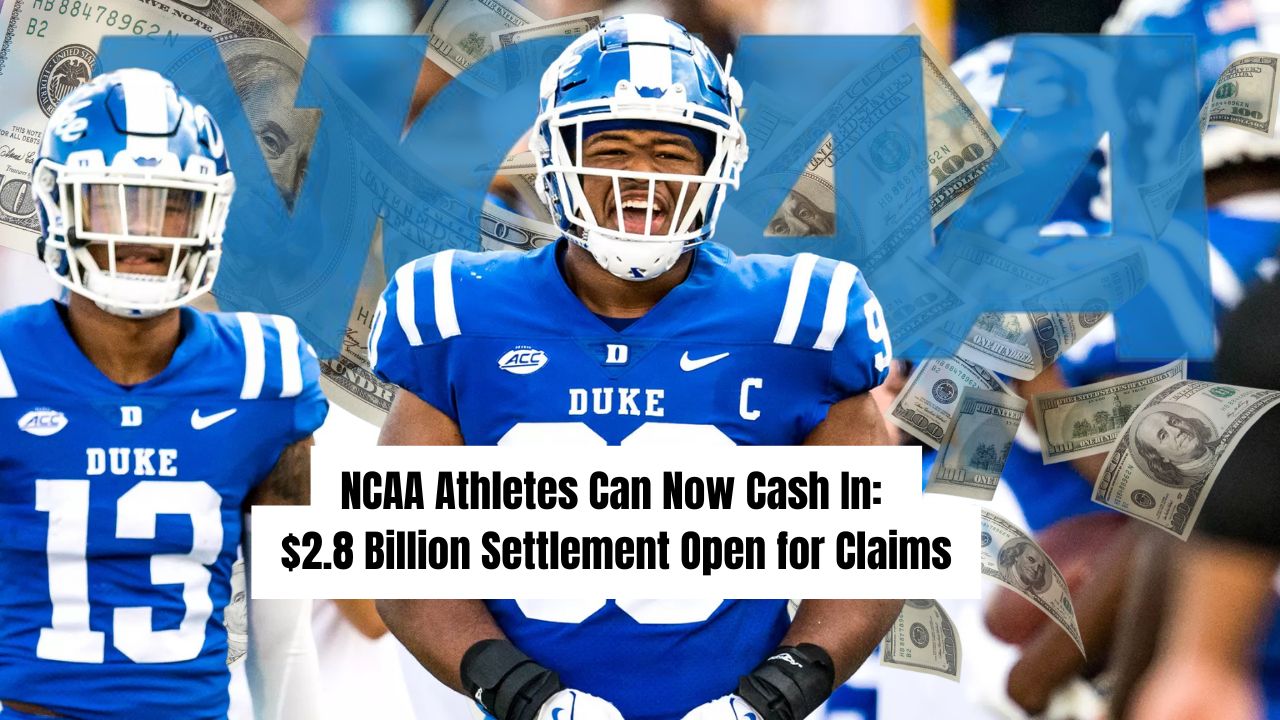Former NCAA athletes can now begin filing claims as part of the $2.8 billion settlement in the House v. NCAA case, which compensates athletes who lost out on NIL (Name, Image, Likeness) revenue opportunities between June 15, 2016, and September 15, 2024. This landmark settlement, approved by Judge Claudia Wilken, covers football and men’s basketball players primarily from Power Five conferences. The first payouts are expected in May 2025, with claims being processed through collegeathletecompensation.com. The settlement also introduces a framework for future revenue sharing between athletes and institutions.
Athletes who were eligible during this time period can expect significant compensation, especially those in high-profile programs, with the average award for a Power Five football or basketball player estimated to be around $135,000. The settlement breaks down into categories such as broadcast NIL ($1.815 billion), video game NIL ($71.5 million), and lost NIL opportunities ($89.5 million), giving athletes a fair share of the revenue generated by their schools. According to the settlement, approximately 95% of the compensation will go to athletes in Power Five football and men’s basketball.
The NCAA will be responsible for about 40% of the total payout, with the remaining amount coming from future reductions in distributions to conferences. Conferences like the ACC, SEC, Big Ten, Pac-12, and Big 12 will bear the brunt of the financial impact, while smaller conferences, who rely on NCAA tournament payouts, fear a disproportionate burden on their limited budgets.
The final approval for this settlement is expected in April 2025, with schools expected to start revenue-sharing with athletes beginning in July 2025. This case represents a significant shift in the NCAA’s financial model, moving closer to athletes receiving a fair share of the billions in revenue generated by college sports each year.
As this settlement unfolds, it sets the precedent for how college athletes are compensated moving forward, reshaping the landscape of college sports by recognizing the commercial value of athletes' contributions.























